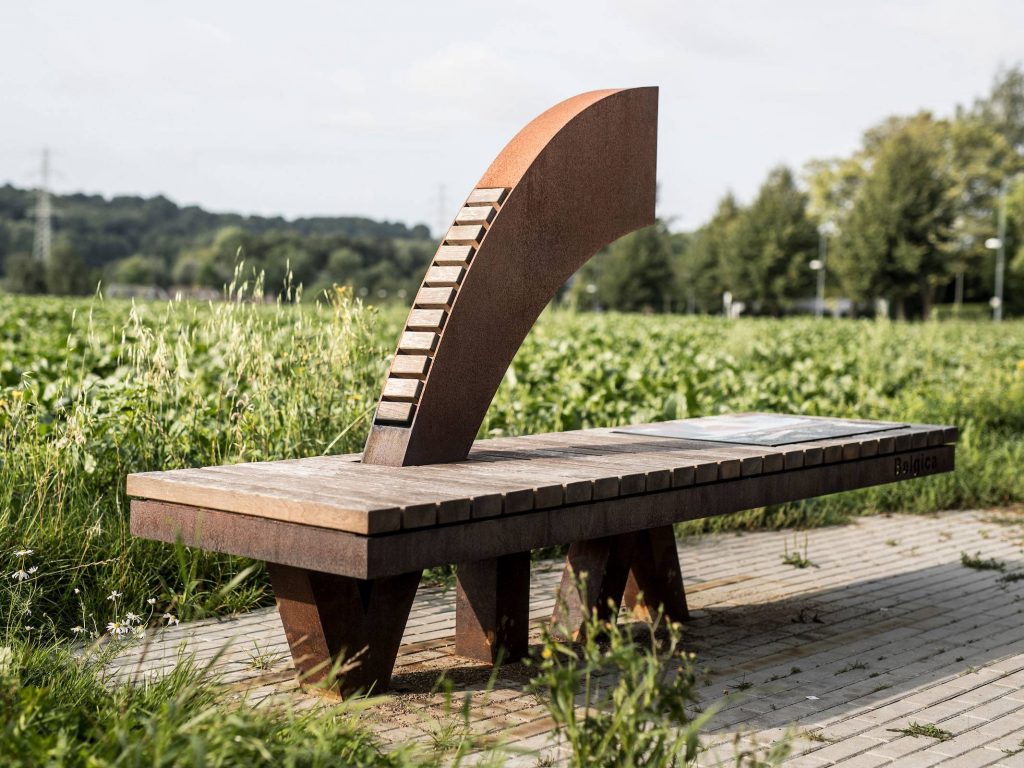Villa Onderste Herkenberg
Houthemerweg, Meerssen
The highlight of Roman Meerssen is this bare field. It conceals the remains of Villa Onderste Herkenberg: in terms of surface area, the largest Villa Rustica ever found in the Netherlands. It was a luxurious residence of wealthy farmers. The inhabitants enjoyed the good life here in the Geul valley.
Remains of mosaics, plastered walls with frescoes, and underfloor heating leave the imagination with a sense of opulent decoration. A beautiful reconstruction of the villa has been made, featuring a main building with a covered colonnade, half-timbering, and a garden with ornamental ponds. One can only imagine the impression this villa complex must have made on travelers along the Via Belgica.
It was the Via Belgica that brought such wealth to the villa. For instance, oyster and mussel shells have been found, which could be quickly transported inland from the sea via the Via Belgica. In the end, however, this road also brought destruction. A hostile Germanic tribe used the same route to set everything ablaze.
Bird’s-eye view
Let yourself be taken on a bird’s-eye flight over and into Villa Onderste Herkenberg.
Virtual Reality
Take a look at several viewpoints of the 3D reconstruction. Want a more immersive experience? View the points in VR mode with a VR headset.
Discover
- Rest on the Via Belgica seat
Fun to know
- South Limburg: the granary of the Romans
- The Romans quickly realized how fertile the loess soil of South Limburg was. They gratefully used it for the cultivation of vast amounts of spelt. On a smaller scale, other grains were also grown, such as emmer, wheat, millet, barley, rye, and oats. This grain was transported via the Via Belgica towards the Rhine, where thousands of Roman soldiers were stationed to defend the borders of the Roman Empire. For all those hungry mouths, South Limburg was the granary.
- Columns and symmetry
- Before the Romans ruled in South Limburg, Celtic tribes lived in this region. They lived in huts made of clay and wood. The Romans approached things differently: they built villas of Kunrader stone laid with mortar, a precursor of concrete. Roofs were no longer thatched but made of ceramic roof tiles. They created many different rooms in a house, equipped with floor and wall heating. The interior walls were decorated with frescoes and sculptures. In terms of architecture, there were many southern influences: the Romans loved colonnades and symmetry.
